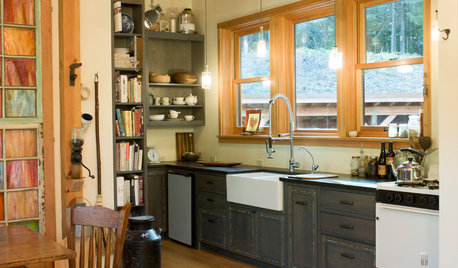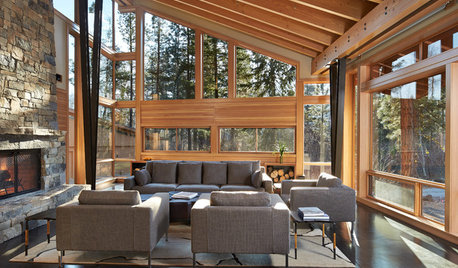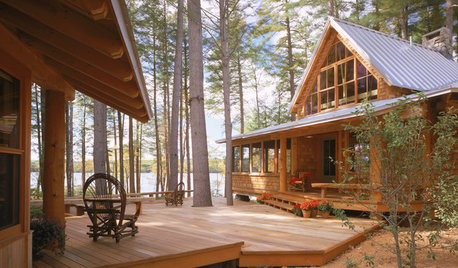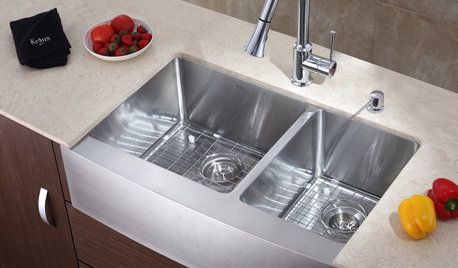hood question: does a remote blower make sense in my case?
viva99
15 years ago
Related Stories

HOUZZ TOURSHouzz Tour: Off the Grid in the Remote Washington Wilderness
Not only does this house run on solar power, but it was built with it too
Full Story
MODERN HOMESHouzz Tour: Organic Beauty in a Remote Washington Valley
An architect designs almost everything — rugs, light fixtures, counter stools and more — in this modern handcrafted home
Full Story
GREEN BUILDINGWater Sense for Big Savings
Keep dollars in your pocket and preserve a precious resource with these easy DIY strategies
Full Story
COMMUNITY15 Ways to Make Your Neighborhood Better
Does your community lack ... well, a sense of community? Here's how to strengthen that neighborly spirit
Full Story
SELLING YOUR HOUSE15 Questions to Ask When Interviewing a Real Estate Agent
Here’s what you should find out before selecting an agent to sell your home
Full Story
REMODELING GUIDESConsidering a Fixer-Upper? 15 Questions to Ask First
Learn about the hidden costs and treasures of older homes to avoid budget surprises and accidentally tossing valuable features
Full Story
VACATION HOMESMake Your Vacation Home Pay Off
Renting your vacation house when you're not using it makes good financial sense. These tips can help
Full Story
MOST POPULAR8 Little Remodeling Touches That Make a Big Difference
Make your life easier while making your home nicer, with these design details you'll really appreciate
Full Story
KITCHEN DESIGNHow to Choose the Right Hood Fan for Your Kitchen
Keep your kitchen clean and your home's air fresh by understanding all the options for ventilating via a hood fan
Full Story
KITCHEN DESIGNA Cook’s 6 Tips for Buying Kitchen Appliances
An avid home chef answers tricky questions about choosing the right oven, stovetop, vent hood and more
Full Story


clinresga
viva99Original Author
Related Discussions
Blue Star Hood with inline/remote blower?
Q
Does Inline blower make sense ?
Q
wolf 48” in blower or remote blower hood vent
Q
42" hood options with inline/remote blower?
Q
davidro1
viva99Original Author
clinresga
peterf
viva99Original Author
ya_think
davidro1
kaseki
viva99Original Author
davidro1
ya_think
ya_think
viva99Original Author
ya_think
viva99Original Author
fandlil
viva99Original Author
davidro1
viva99Original Author
ya_think
davidro1
viva99Original Author
davidro1
reposado
User
ya_think
User
ya_think
viva99Original Author
viva99Original Author
davidro1
kaseki
User
viva99Original Author
User
ya_think
ccoombs1
viva99Original Author
kaseki
ya_think
davidro1
ya_think
cooksnsews
davidro1
mark_anderson_us